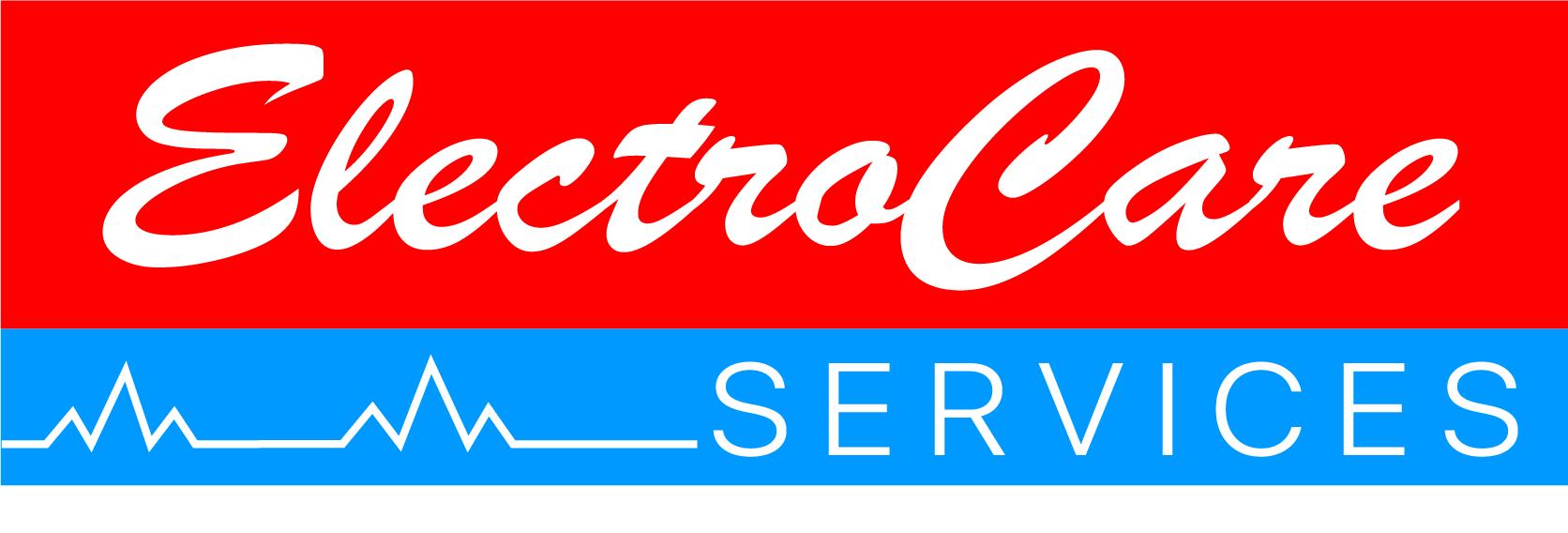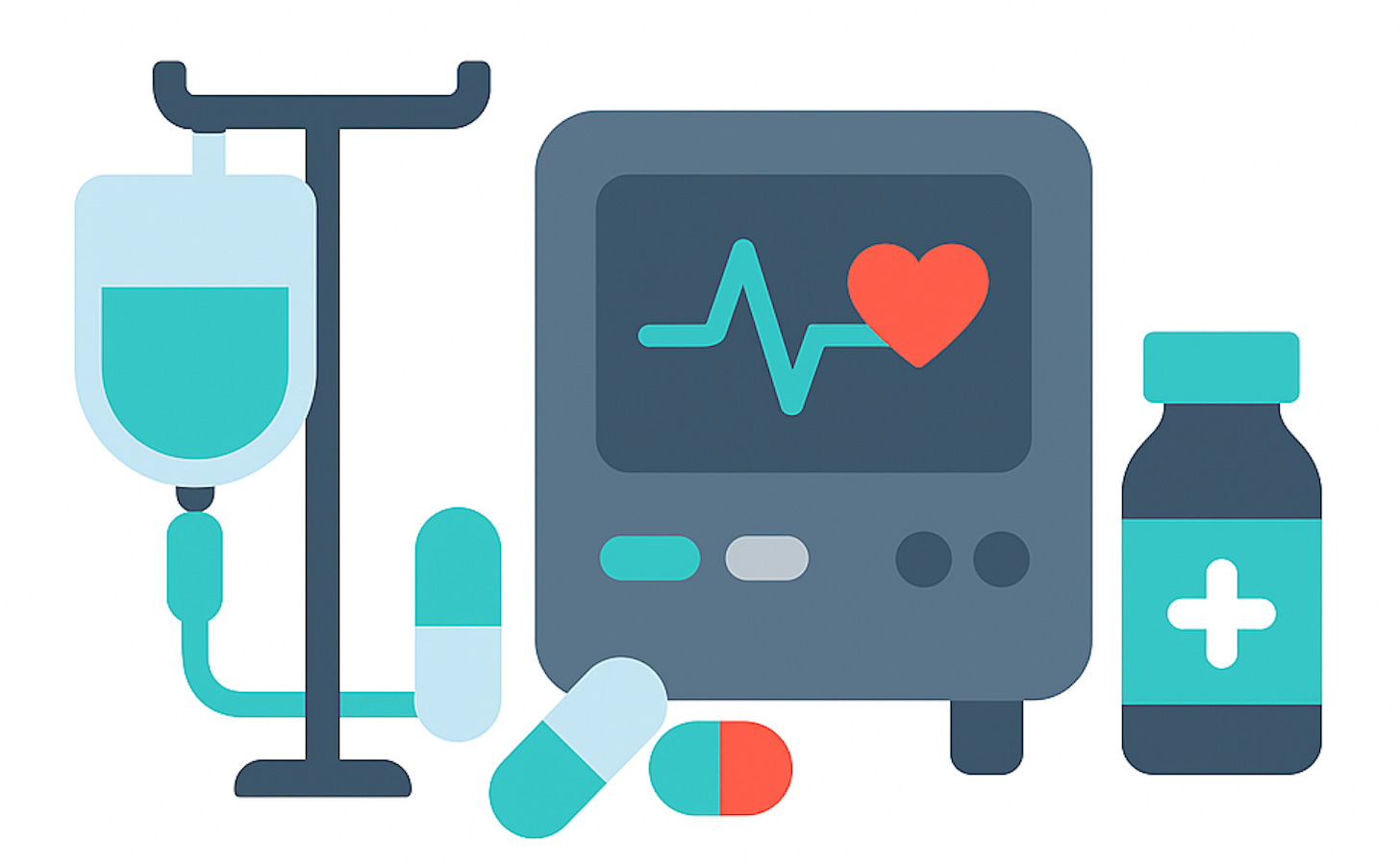Servicing Your ECG Machine: A Comprehensive Guide
Electrocardiogram (ECG) machines are critical tools in both clinical and home settings, used for monitoring heart health by recording the electrical activity of the heart. To ensure accurate readings and prolong the lifespan of your ECG machine, regular servicing and maintenance are essential. This guide provides detailed steps and best practices for servicing your ECG machine.
Why Regular Servicing is Important
Regular servicing of your ECG machine ensures:
- Accuracy: Maintains precise and reliable readings.
- Longevity: Prolongs the life of the device.
- Safety: Ensures the safety of both patients and healthcare providers.
- Cost-Efficiency: Prevents costly repairs and downtime by identifying and addressing issues early.
Steps for Servicing Your ECG Machine
- Routine Cleaning
- Exterior Cleaning: Use a soft, damp cloth with mild detergent to clean the exterior surfaces. Avoid harsh chemicals that could damage the casing.
- Electrode Cleaning: Clean the electrodes after each use with a disinfectant wipe to remove any residue that could affect the readings.
- Regular Calibration
- Check Calibration: Regularly check the calibration of your ECG machine as per the manufacturer’s recommendations. This usually involves using a calibration signal to ensure the machine reads accurately.
- Professional Calibration: Have your machine professionally calibrated annually or as recommended by the manufacturer to ensure precision.
- Inspection of Cables and Leads
- Visual Inspection: Regularly inspect cables and leads for signs of wear, fraying, or damage. Replace any compromised components immediately.
- Connection Check: Ensure that all connections are secure and functioning properly. Loose connections can lead to inaccurate readings or signal loss.
- Battery Maintenance
- Battery Check: Regularly check the battery status if your ECG machine is battery-operated. Replace batteries as needed to prevent unexpected power loss.
- Charging: For rechargeable units, follow the manufacturer’s guidelines for charging to ensure battery longevity.
- Software Updates
- Firmware Updates: Keep the machine’s firmware up to date by installing any updates released by the manufacturer. This ensures the machine operates with the latest features and fixes.
- Software Calibration: Use software tools provided by the manufacturer to calibrate and test the machine’s functionality.
- Professional Servicing
- Scheduled Maintenance: Arrange for professional servicing by certified technicians at least once a year. This comprehensive check-up should include all aspects of the machine’s functionality and safety.
- Documentation: Keep a log of all maintenance activities, including dates, actions taken, and any parts replaced. This documentation helps track the machine’s service history and plan future maintenance.
Best Practices for Everyday Use
- Proper Handling: Always handle the ECG machine and its components with care. Avoid dropping or subjecting the device to physical shocks.
- Storage: Store the machine in a clean, dry place when not in use. Ensure it is protected from dust, moisture, and extreme temperatures.
- Training: Ensure that all users are properly trained in the correct operation and basic troubleshooting of the ECG machine.
- Manual Reference: Always refer to the manufacturer’s manual for specific maintenance guidelines and troubleshooting tips.
Conclusion
Regular servicing and maintenance of your ECG machine are crucial for ensuring its accuracy, reliability, and longevity. By following these steps and best practices, you can help prevent unexpected breakdowns and maintain high standards of patient care. Investing time in proper care and professional servicing not only safeguards the functionality of your ECG machine but also enhances the overall quality of your diagnostic capabilities.
Keeping your ECG machine in optimal condition means you can trust it to deliver precise and dependable readings, essential for effective monitoring and treatment of heart health.



